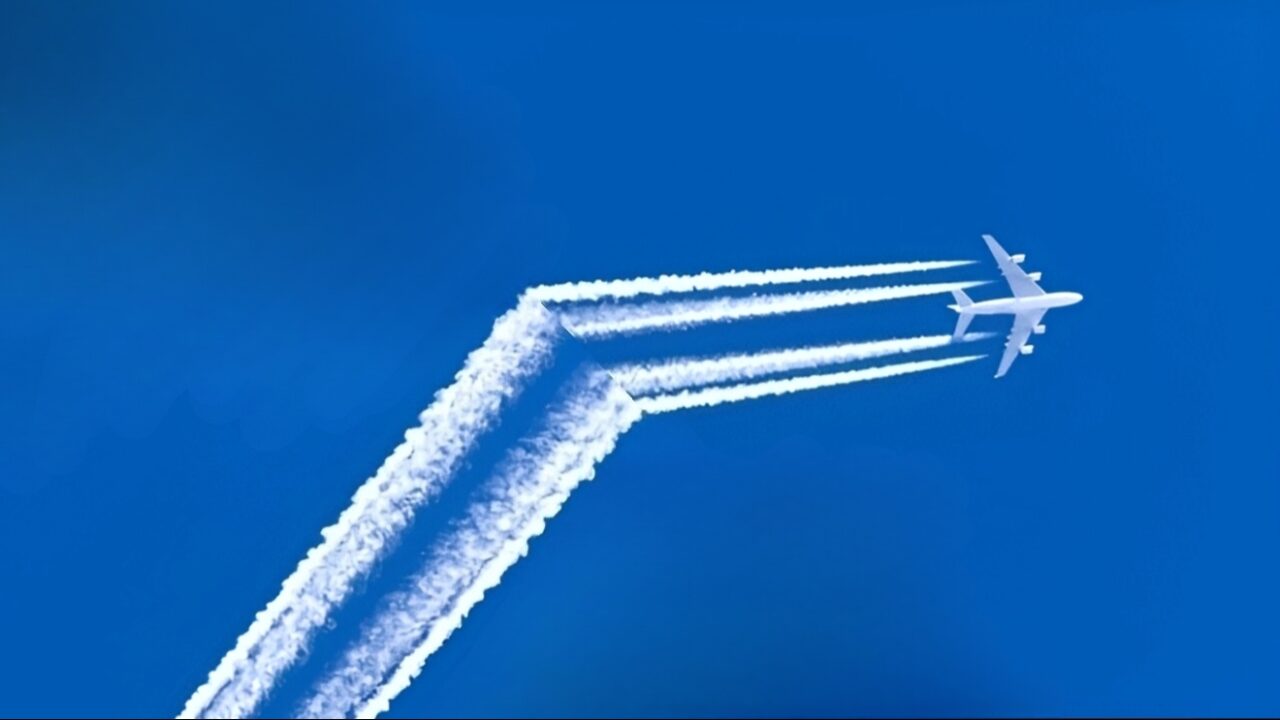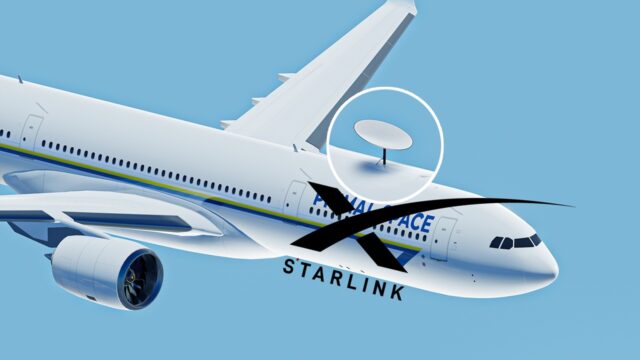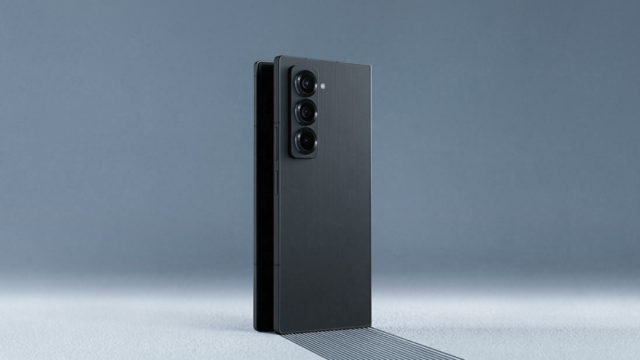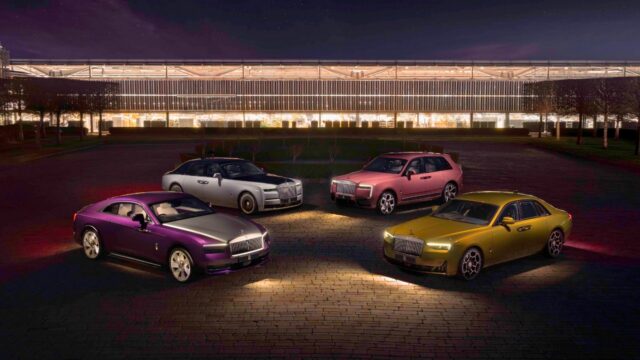A revolutionary development in the aviation world has occurred. In the near future, the white trails, known as contrails, left behind by airplanes will no longer be present. So, what is the secret of this miracle? The answer: SAF, or Sustainable Aviation Fuel. But who were these trails harming? Here are the details…
The white trails left by airplanes are disappearing, sustainable fuels are coming
SAF (Sustainable Aviation Fuel) is a type of fuel obtained from renewable sources and used by mixing with traditional fossil fuels. It is produced from materials such as used cooking oils and food waste. Currently, all aircraft can fly with a 50% SAF and 50% fossil fuel mix. The goal is to enable all aircraft to fly with 100% SAF by 2030. This means fewer white trails in the sky and a cleaner environment.
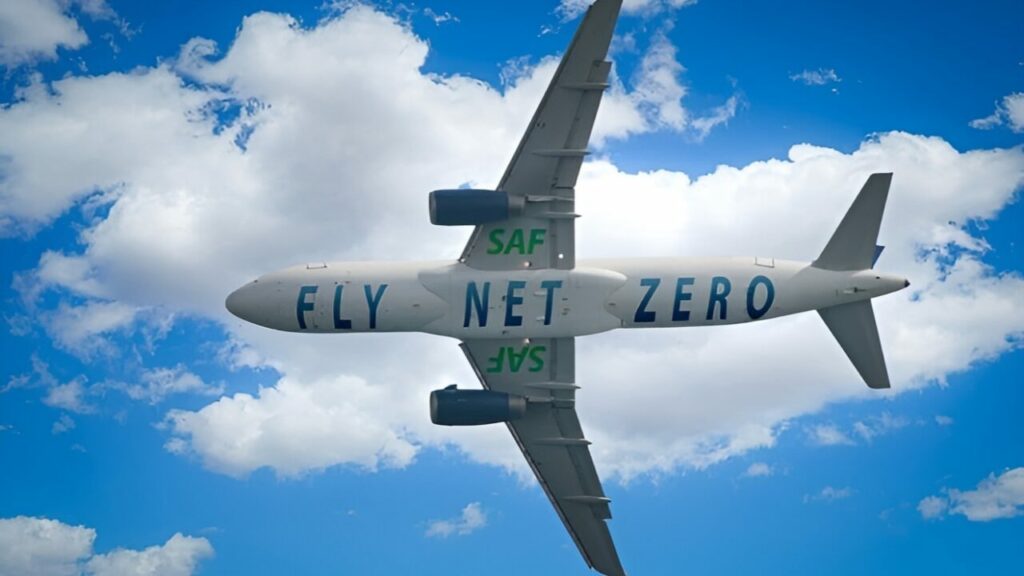
Airbus, Rolls-Royce, the German Aerospace Center (DLR), and SAF producer Neste examined the performance and climate impacts of SAF in a joint project called ECLIF3. In this study, Airbus A350 aircraft running entirely on SAF were used. The results are truly impressive: the use of SAF reduced the formation of ice crystals within the white trails left by airplanes by 56%, thereby reducing the negative climate impacts of these white trails by 26%.
Several successful methods are used in SAF production:
- HEFA (Hydrotreated Esters and Fatty Acids) method, which produces fuel from vegetable oils and used oils.
- Alcohol to Jet (AtJ) method, which converts alcohols like ethanol and isobutanol into SAF.
- eFuels method, which produces synthetic fuels using green hydrogen and carbon dioxide.
These methods make SAF more widespread and accessible. The white contrails left by airplanes are one of the factors contributing to climate change. The use of SAF can play a significant role in combating climate change by reducing the formation of these trails. Studies show that SAF not only reduces the carbon footprint but also mitigates its impacts on climate change.
With fewer white contrails and a lower carbon footprint, future aircraft will be more environmentally friendly. This is good news for both our planet and our future. What do you think about this innovation? Don’t forget to share your comments with us…


